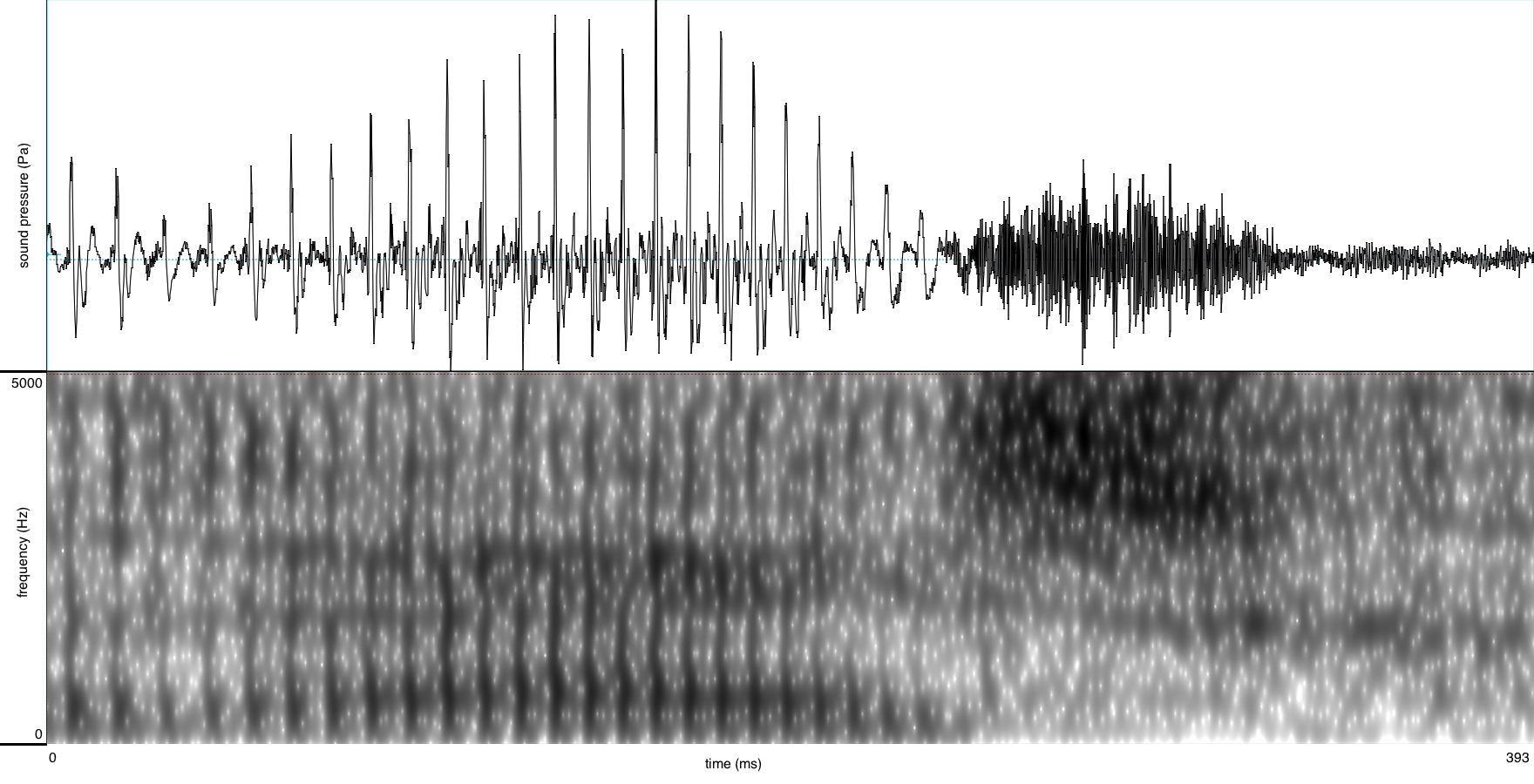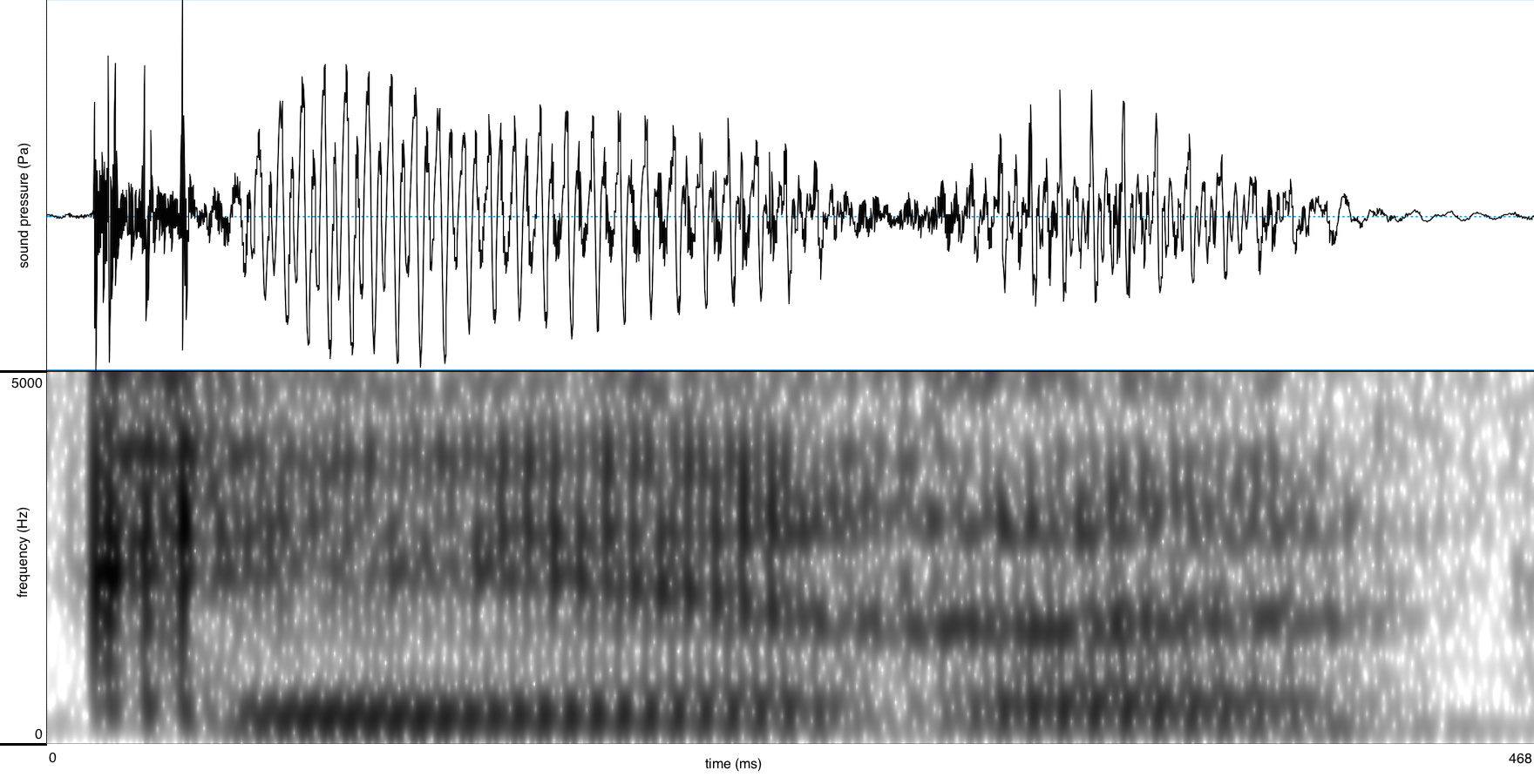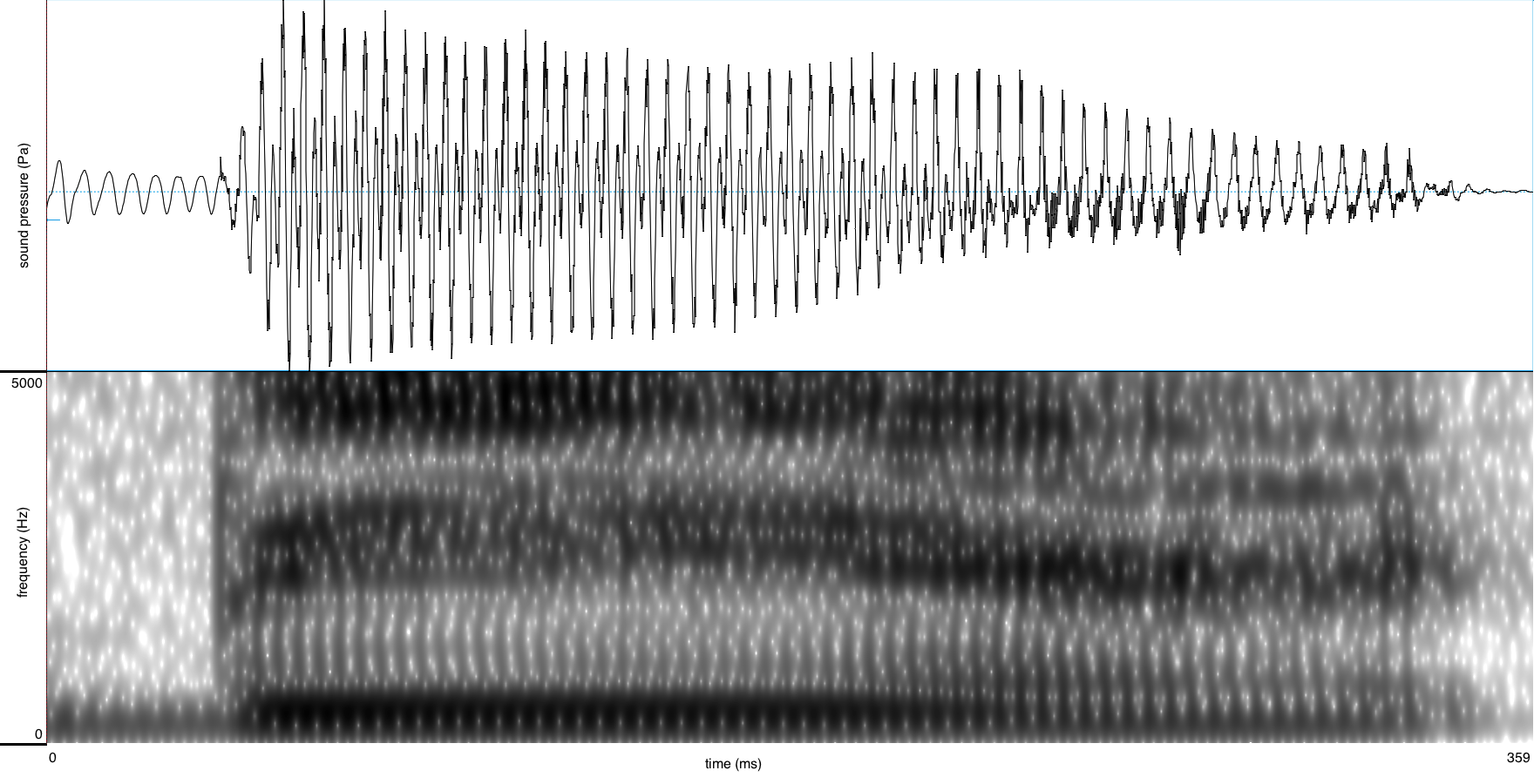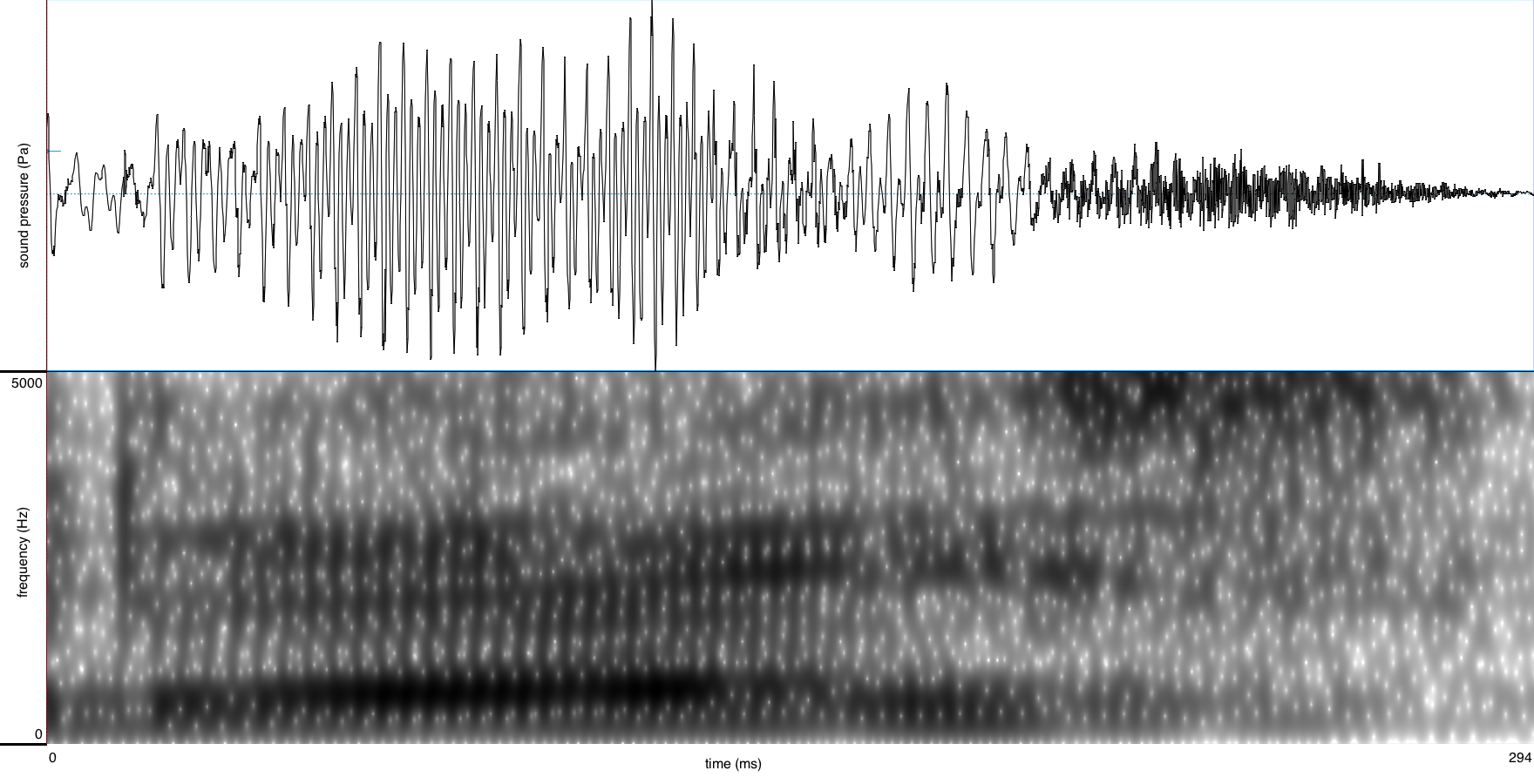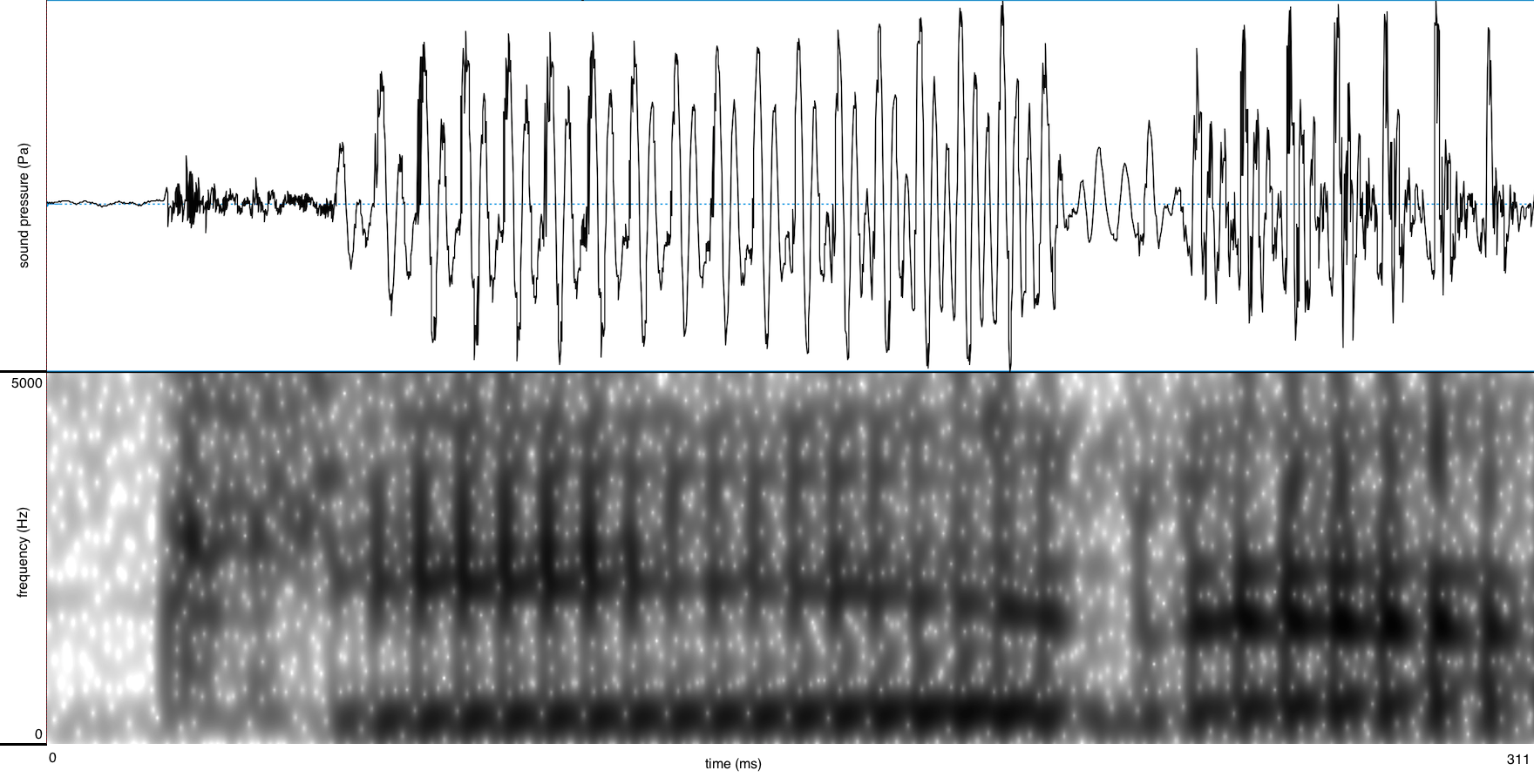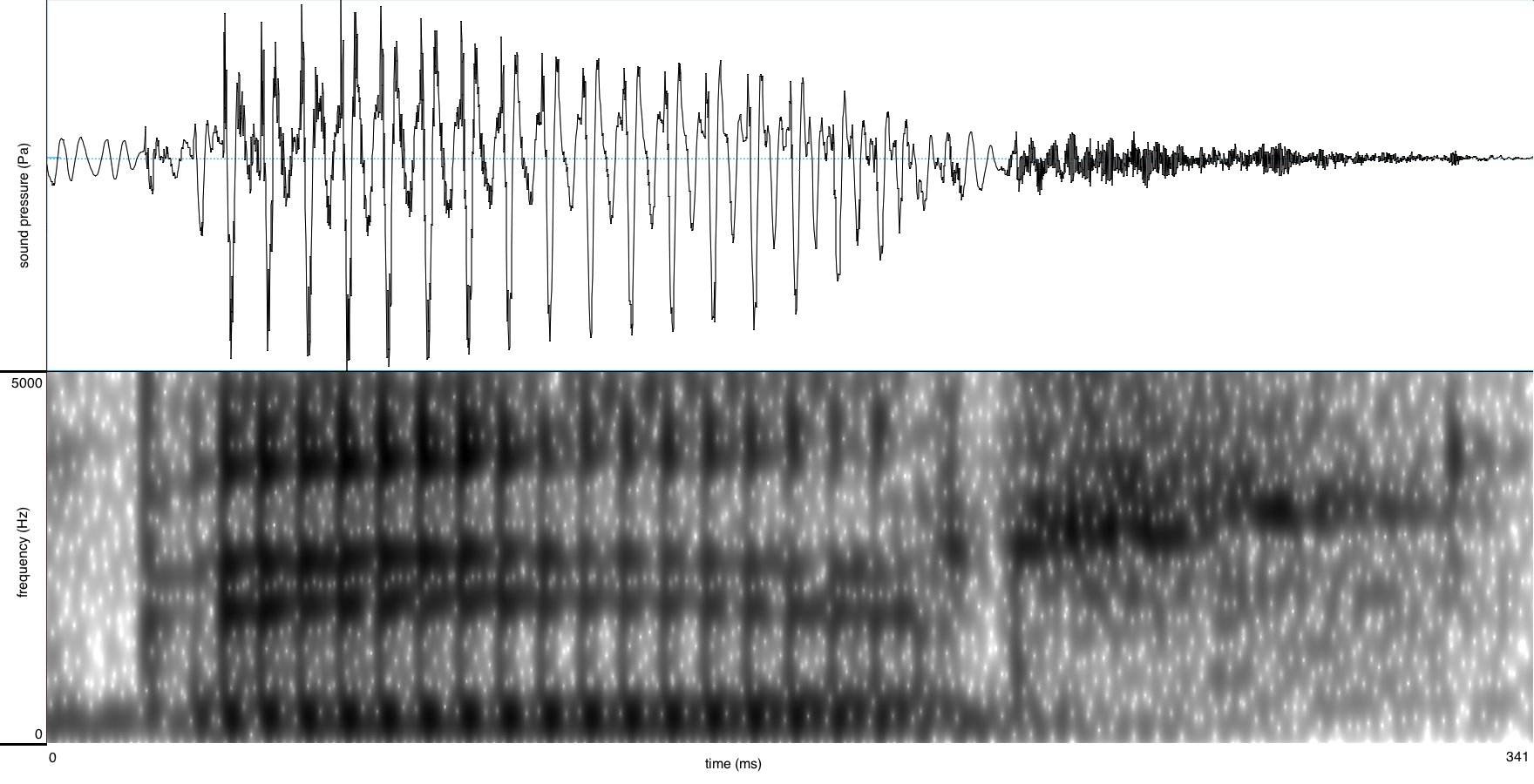- Dutch
- Frisian
- Saterfrisian
- Afrikaans
-
- Phonology
- Segment inventory
- Phonotactics
- Phonological processes
- Phonology-morphology interface
- Word stress
- Primary stress in simplex words
- Monomorphemic words
- Diachronic aspects
- Generalizations on stress placement
- Default penultimate stress
- Lexical stress
- The closed penult restriction
- Final closed syllables
- The diphthong restriction
- Superheavy syllables (SHS)
- The three-syllable window
- Segmental restrictions
- Phonetic correlates
- Stress shifts in loanwords
- Quantity-sensitivity
- Secondary stress
- Vowel reduction in unstressed syllables
- Stress in complex words
- Primary stress in simplex words
- Accent & intonation
- Clitics
- Spelling
- Morphology
- Word formation
- Compounding
- Nominal compounds
- Verbal compounds
- Adjectival compounds
- Affixoids
- Coordinative compounds
- Synthetic compounds
- Reduplicative compounds
- Phrase-based compounds
- Elative compounds
- Exocentric compounds
- Linking elements
- Separable complex verbs (SCVs)
- Gapping of complex words
- Particle verbs
- Copulative compounds
- Derivation
- Numerals
- Derivation: inputs and input restrictions
- The meaning of affixes
- Non-native morphology
- Cohering and non-cohering affixes
- Prefixation
- Suffixation
- Nominal suffixation: person nouns
- Conversion
- Pseudo-participles
- Bound forms
- Nouns
- Nominal prefixes
- Nominal suffixes
- -aal and -eel
- -aar
- -aard
- -aat
- -air
- -aris
- -ast
- Diminutives
- -dom
- -een
- -ees
- -el (nominal)
- -elaar
- -enis
- -er (nominal)
- -erd
- -erik
- -es
- -eur
- -euse
- ge...te
- -heid
- -iaan, -aan
- -ief
- -iek
- -ier
- -ier (French)
- -ière
- -iet
- -igheid
- -ij and allomorphs
- -ijn
- -in
- -ing
- -isme
- -ist
- -iteit
- -ling
- -oir
- -oot
- -rice
- -schap
- -schap (de)
- -schap (het)
- -sel
- -st
- -ster
- -t
- -tal
- -te
- -voud
- Verbs
- Adjectives
- Adverbs
- Univerbation
- Neo-classical word formation
- Construction-dependent morphology
- Morphological productivity
- Compounding
- Inflection
- Inflection and derivation
- Allomorphy
- The interface between phonology and morphology
- Word formation
- Syntax
- Preface and acknowledgements
- Verbs and Verb Phrases
- 1 Characterization and classification
- 2 Projection of verb phrases I:Argument structure
- 3 Projection of verb phrases II:Verb frame alternations
- Introduction
- 3.1. Main types
- 3.2. Alternations involving the external argument
- 3.3. Alternations of noun phrases and PPs
- 3.3.1. Dative/PP alternations (dative shift)
- 3.3.1.1. Dative alternation with aan-phrases (recipients)
- 3.3.1.2. Dative alternation with naar-phrases (goals)
- 3.3.1.3. Dative alternation with van-phrases (sources)
- 3.3.1.4. Dative alternation with bij-phrases (possessors)
- 3.3.1.5. Dative alternation with voor-phrases (benefactives)
- 3.3.1.6. Conclusion
- 3.3.1.7. Bibliographical notes
- 3.3.2. Accusative/PP alternations
- 3.3.3. Nominative/PP alternations
- 3.3.1. Dative/PP alternations (dative shift)
- 3.4. Some apparent cases of verb frame alternation
- 3.5. Bibliographical notes
- 4 Projection of verb phrases IIIa:Selection of clauses/verb phrases
- 5 Projection of verb phrases IIIb:Argument and complementive clauses
- Introduction
- 5.1. Finite argument clauses
- 5.2. Infinitival argument clauses
- 5.3. Complementive clauses
- 6 Projection of verb phrases IIIc:Complements of non-main verbs
- 7 Projection of verb phrases IIId:Verb clusters
- 8 Projection of verb phrases IV: Adverbial modification
- 9 Word order in the clause I:General introduction
- 10 Word order in the clause II:Position of the finite verb (verb-first/second)
- 11 Word order in the clause III:Clause-initial position (wh-movement)
- Introduction
- 11.1. The formation of V1- and V2-clauses
- 11.2. Clause-initial position remains (phonetically) empty
- 11.3. Clause-initial position is filled
- 12 Word order in the clause IV:Postverbal field (extraposition)
- 13 Word order in the clause V: Middle field (scrambling)
- 14 Main-clause external elements
- Nouns and Noun Phrases
- 1 Characterization and classification
- 2 Projection of noun phrases I: complementation
- Introduction
- 2.1. General observations
- 2.2. Prepositional and nominal complements
- 2.3. Clausal complements
- 2.4. Bibliographical notes
- 3 Projection of noun phrases II: modification
- Introduction
- 3.1. Restrictive and non-restrictive modifiers
- 3.2. Premodification
- 3.3. Postmodification
- 3.3.1. Adpositional phrases
- 3.3.2. Relative clauses
- 3.3.3. Infinitival clauses
- 3.3.4. A special case: clauses referring to a proposition
- 3.3.5. Adjectival phrases
- 3.3.6. Adverbial postmodification
- 3.4. Bibliographical notes
- 4 Projection of noun phrases III: binominal constructions
- Introduction
- 4.1. Binominal constructions without a preposition
- 4.2. Binominal constructions with a preposition
- 4.3. Bibliographical notes
- 5 Determiners: articles and pronouns
- Introduction
- 5.1. Articles
- 5.2. Pronouns
- 5.3. Bibliographical notes
- 6 Numerals and quantifiers
- 7 Pre-determiners
- Introduction
- 7.1. The universal quantifier al 'all' and its alternants
- 7.2. The pre-determiner heel 'all/whole'
- 7.3. A note on focus particles
- 7.4. Bibliographical notes
- 8 Syntactic uses of noun phrases
- Adjectives and Adjective Phrases
- 1 Characteristics and classification
- 2 Projection of adjective phrases I: Complementation
- 3 Projection of adjective phrases II: Modification
- 4 Projection of adjective phrases III: Comparison
- 5 Attributive use of the adjective phrase
- 6 Predicative use of the adjective phrase
- 7 The partitive genitive construction
- 8 Adverbial use of the adjective phrase
- 9 Participles and infinitives: their adjectival use
- 10 Special constructions
- Adpositions and adpositional phrases
- 1 Characteristics and classification
- Introduction
- 1.1. Characterization of the category adposition
- 1.2. A formal classification of adpositional phrases
- 1.3. A semantic classification of adpositional phrases
- 1.3.1. Spatial adpositions
- 1.3.2. Temporal adpositions
- 1.3.3. Non-spatial/temporal prepositions
- 1.4. Borderline cases
- 1.5. Bibliographical notes
- 2 Projection of adpositional phrases: Complementation
- 3 Projection of adpositional phrases: Modification
- 4 Syntactic uses of the adpositional phrase
- 5 R-pronominalization and R-words
- 1 Characteristics and classification
- Phonology
-
- General
- Phonology
- Segment inventory
- Phonotactics
- Phonological Processes
- Assimilation
- Vowel nasalization
- Syllabic sonorants
- Final devoicing
- Fake geminates
- Vowel hiatus resolution
- Vowel reduction introduction
- Schwa deletion
- Schwa insertion
- /r/-deletion
- d-insertion
- {s/z}-insertion
- t-deletion
- Intrusive stop formation
- Breaking
- Vowel shortening
- h-deletion
- Replacement of the glide w
- Word stress
- Clitics
- Allomorphy
- Orthography of Frisian
- Morphology
- Inflection
- Word formation
- Derivation
- Prefixation
- Infixation
- Suffixation
- Nominal suffixes
- Verbal suffixes
- Adjectival suffixes
- Adverbial suffixes
- Numeral suffixes
- Interjectional suffixes
- Onomastic suffixes
- Conversion
- Compositions
- Derivation
- Syntax
- Verbs and Verb Phrases
- Characteristics and classification
- Unergative and unaccusative subjects
- Evidentiality
- To-infinitival clauses
- Predication and noun incorporation
- Ellipsis
- Imperativus-pro-Infinitivo
- Expression of irrealis
- Embedded Verb Second
- Agreement
- Negation
- Nouns & Noun Phrases
- Classification
- Complementation
- Modification
- Partitive noun constructions
- Referential partitive constructions
- Partitive measure nouns
- Numeral partitive constructions
- Partitive question constructions
- Nominalised quantifiers
- Kind partitives
- Partitive predication with prepositions
- Bare nominal attributions
- Articles and names
- Pronouns
- Quantifiers and (pre)determiners
- Interrogative pronouns
- R-pronouns
- Syntactic uses
- Adjective Phrases
- Characteristics and classification
- Complementation
- Modification and degree quantification
- Comparison by degree
- Comparative
- Superlative
- Equative
- Attribution
- Agreement
- Attributive adjectives vs. prenominal elements
- Complex adjectives
- Noun ellipsis
- Co-occurring adjectives
- Predication
- Partitive adjective constructions
- Adverbial use
- Participles and infinitives
- Adposition Phrases
- Characteristics and classification
- Complementation
- Modification
- Intransitive adpositions
- Predication
- Preposition stranding
- Verbs and Verb Phrases
-
- General
- Morphology
- Morphology
- 1 Word formation
- 1.1 Compounding
- 1.1.1 Compounds and their heads
- 1.1.2 Special types of compounds
- 1.1.2.1 Affixoids
- 1.1.2.2 Coordinative compounds
- 1.1.2.3 Synthetic compounds and complex pseudo-participles
- 1.1.2.4 Reduplicative compounds
- 1.1.2.5 Phrase-based compounds
- 1.1.2.6 Elative compounds
- 1.1.2.7 Exocentric compounds
- 1.1.2.8 Linking elements
- 1.1.2.9 Separable Complex Verbs and Particle Verbs
- 1.1.2.10 Noun Incorporation Verbs
- 1.1.2.11 Gapping
- 1.2 Derivation
- 1.3 Minor patterns of word formation
- 1.1 Compounding
- 2 Inflection
- 1 Word formation
- Morphology
- Syntax
- Adjectives and adjective phrases (APs)
- 0 Introduction to the AP
- 1 Characteristics and classification of APs
- 2 Complementation of APs
- 3 Modification and degree quantification of APs
- 4 Comparison by comparative, superlative and equative
- 5 Attribution of APs
- 6 Predication of APs
- 7 The partitive adjective construction
- 8 Adverbial use of APs
- 9 Participles and infinitives as APs
- Nouns and Noun Phrases (NPs)
- 0 Introduction to the NP
- 1 Characteristics and Classification of NPs
- 2 Complementation of NPs
- 3 Modification of NPs
- 3.1 Modification of NP by Determiners and APs
- 3.2 Modification of NP by PP
- 3.3 Modification of NP by adverbial clauses
- 3.4 Modification of NP by possessors
- 3.5 Modification of NP by relative clauses
- 3.6 Modification of NP in a cleft construction
- 3.7 Free relative clauses and selected interrogative clauses
- 4 Partitive noun constructions and constructions related to them
- 4.1 The referential partitive construction
- 4.2 The partitive construction of abstract quantity
- 4.3 The numerical partitive construction
- 4.4 The partitive interrogative construction
- 4.5 Adjectival, nominal and nominalised partitive quantifiers
- 4.6 Kind partitives
- 4.7 Partitive predication with a preposition
- 4.8 Bare nominal attribution
- 5 Articles and names
- 6 Pronouns
- 7 Quantifiers, determiners and predeterminers
- 8 Interrogative pronouns
- 9 R-pronouns and the indefinite expletive
- 10 Syntactic functions of Noun Phrases
- Adpositions and Adpositional Phrases (PPs)
- 0 Introduction to the PP
- 1 Characteristics and classification of PPs
- 2 Complementation of PPs
- 3 Modification of PPs
- 4 Bare (intransitive) adpositions
- 5 Predication of PPs
- 6 Form and distribution of adpositions with respect to staticity and construction type
- 7 Adpositional complements and adverbials
- Verbs and Verb Phrases (VPs)
- 0 Introduction to the VP in Saterland Frisian
- 1 Characteristics and classification of verbs
- 2 Unergative and unaccusative subjects and the auxiliary of the perfect
- 3 Evidentiality in relation to perception and epistemicity
- 4 Types of to-infinitival constituents
- 5 Predication
- 5.1 The auxiliary of being and its selection restrictions
- 5.2 The auxiliary of going and its selection restrictions
- 5.3 The auxiliary of continuation and its selection restrictions
- 5.4 The auxiliary of coming and its selection restrictions
- 5.5 Modal auxiliaries and their selection restrictions
- 5.6 Auxiliaries of body posture and aspect and their selection restrictions
- 5.7 Transitive verbs of predication
- 5.8 The auxiliary of doing used as a semantically empty finite auxiliary
- 5.9 Supplementive predication
- 6 The verbal paradigm, irregularity and suppletion
- 7 Verb Second and the word order in main and embedded clauses
- 8 Various aspects of clause structure
- Adjectives and adjective phrases (APs)
-
- General
- Phonology
- Afrikaans phonology
- Segment inventory
- Overview of Afrikaans vowels
- The diphthongised long vowels /e/, /ø/ and /o/
- The unrounded mid-front vowel /ɛ/
- The unrounded low-central vowel /ɑ/
- The unrounded low-central vowel /a/
- The rounded mid-high back vowel /ɔ/
- The rounded high back vowel /u/
- The rounded and unrounded high front vowels /i/ and /y/
- The unrounded and rounded central vowels /ə/ and /œ/
- The diphthongs /əi/, /œy/ and /œu/
- Overview of Afrikaans consonants
- The bilabial plosives /p/ and /b/
- The alveolar plosives /t/ and /d/
- The velar plosives /k/ and /g/
- The bilabial nasal /m/
- The alveolar nasal /n/
- The velar nasal /ŋ/
- The trill /r/
- The lateral liquid /l/
- The alveolar fricative /s/
- The velar fricative /x/
- The labiodental fricatives /f/ and /v/
- The approximants /ɦ/, /j/ and /ʋ/
- Overview of Afrikaans vowels
- Word stress
- The phonetic properties of stress
- Primary stress on monomorphemic words in Afrikaans
- Background to primary stress in monomorphemes in Afrikaans
- Overview of the Main Stress Rule of Afrikaans
- The short vowels of Afrikaans
- Long vowels in monomorphemes
- Primary stress on diphthongs in monomorphemes
- Exceptions
- Stress shifts in place names
- Stress shift towards word-final position
- Stress pattern of reduplications
- Phonological processes
- Vowel related processes
- Consonant related processes
- Homorganic glide insertion
- Phonology-morphology interface
- Phonotactics
- Morphology
- Syntax
- Afrikaans syntax
- Nouns and noun phrases
- Characteristics of the NP
- Classification of nouns
- Complementation of NPs
- Modification of NPs
- Binominal and partitive constructions
- Referential partitive constructions
- Partitive measure nouns
- Numeral partitive constructions
- Partitive question constructions
- Partitive constructions with nominalised quantifiers
- Partitive predication with prepositions
- Binominal name constructions
- Binominal genitive constructions
- Bare nominal attribution
- Articles and names
- Pronouns
- Quantifiers, determiners and predeterminers
- Syntactic uses of the noun phrase
- Adjectives and adjective phrases
- Characteristics and classification of the AP
- Complementation of APs
- Modification and Degree Quantification of APs
- Comparison by comparative, superlative and equative degree
- Attribution of APs
- Predication of APs
- The partitive adjective construction
- Adverbial use of APs
- Participles and infinitives as adjectives
- Verbs and verb phrases
- Characterisation and classification
- Argument structure
- Verb frame alternations
- Complements of non-main verbs
- Verb clusters
- Complement clauses
- Adverbial modification
- Word order in the clause: Introduction
- Word order in the clause: position of the finite Verb
- Word order in the clause: Clause-initial position
- Word order in the clause: Extraposition and right-dislocation in the postverbal field
- Word order in the middle field
- Emphatic constructions
- Adpositions and adposition phrases
| Onset | |||||||||||||||||||||||||||||||||||||||||||||||||
| a. | ramp | disaster | |||||||||||||||||||||||||||||||||||||||||||||||
| b. | krant | journal | |||||||||||||||||||||||||||||||||||||||||||||||
| c. | strak | tight | |||||||||||||||||||||||||||||||||||||||||||||||
| Coda | |||||||||||||||||||||||||||||||||||||||||||||||||
| a. | ver | far | |||||||||||||||||||||||||||||||||||||||||||||||
| b. | werk | work | |||||||||||||||||||||||||||||||||||||||||||||||
A curious constraint is that there are no Dutch words (or syllables) of the shape rVr, with V as a B-class vowel, although there are several such words with V as an A-class vowel, such as the examples 3a and 3b. Words (or syllables) of the shape krVr, prVr, trVr, drVr do not exist at all. However, we do find broer [brur] brother.
Dutch /r/ is a rhoticconsonant with the place of articulation ranging from alveolar to uvular, while the manner of articulation ranges from trills, taps and fricatives (which may all be voiced or voiceless) to approximants and vowels. This variation is manifested both across speakers (geographically and sociolinguistically) and within speakers (allophonically and sociolinguistically) (see chapter below.)
Onset /r/ is usually either an alveolartap or trill or a uvulartrill or approximant. In Belgian Standard Dutch, coda /r/ is generally an alveolar or uvularfricative or trilledfricative. In Northern Standard Dutch, coda /r/ can also be an alveolar or uvular consonant, but is nowadays more often a retroflex or ‘bunched’ palatalapproximant (see below for more detail).
/r/ in Dutch can have several places of articulation:
- Alveolar: Speech sounds produced at alveolar place of articulation, between dental and palatal. See human speech organs.
- Palatal: Speech sounds produced at palatal place of articulation, between alveolar and velar. See human speech organs.
- Retroflex: Speech sounds produced at post-alveolar or palatal place of articulation with raised and/or retracted tongue-tip. See human speech organs.
- Velar: Speech sounds produced at velar place of articulation (between palatal and uvular). See human speech organs.
- Uvular: Speech sounds produced at the very back of the velum, close to or at the uvula. May include vibration of the uvula (in trills and fricatives). See human speech organs.
Furthermore, the manner of articulation can vary quite drastically within the rhotic sound:
- Trill: Consonant produced with an aerodynamically-induced vibratory pattern.
- Tap, also flap: Consonant characterised by a ballistic movement of the tongue toward the dental/alveolar region.
- Fricative: Consonant involving turbulent airflow through a narrow channel produced by close approximation of the active and passive articulators.
- Approximant: Consonant involving free airflow through a channel wide enough to preclude turbulent noise.
- Vowel: Speech sound involving free airflow through an open vocal tract.
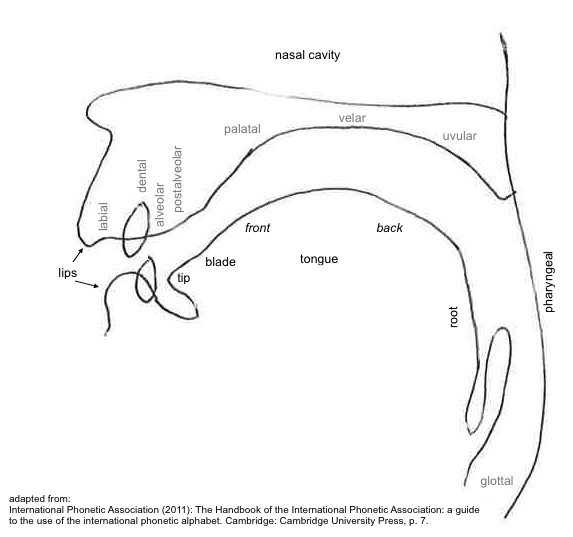
- in obstruents, noise or noise bursts characterised by a centre of gravity above 5000 Hz. Second formant transitions into vowels come from around 1800 Hz, and both F2 and F3 stay flat or go in a downward direction.
- in nasals, indicated by the presence of a spectral peak around 500 Hz and a spectral valley around 1 kHz.
- in obstruents, noise or noise bursts characterised by a centre of gravity around 4700 Hz. Second formant transitions into vowels come from around 2000 Hz, and go in a downward direction for most vowels. F3 is lower than in alveolars.
-
in sonorants, formant structure characterised by a relatively high F2.
- in obstruents, noise or noise bursts characterised by a centre of gravity around 4500 Hz. Second formant transitions into vowels come from around 2200 Hz, and go in a downward direction. F3 is low, close to F2.
- in sonorants, formant structure characterised by a relatively high F2 and low F3, to the point where the two approach each other.
- in obstruents, noise or noise bursts characterised by a relatively low centre of gravity (typically around 4200 Hz), an acute noise peak at low frequency (below 2 kHz) and one or more additional ones. Formant transitions into neighbouring vowels go downward for F2 (coming from around 3000 Hz), and flat or upward for F3.
- in sonorants, formant structure characterised by a relatively high F2 and low F3, to the point where the two approach each other.
- in obstruents, noise characterised by a low centre of gravity (around 4200 Hz) and a formant-like structure. Spectral peaks around 1500 Hz, and a spectral valley around 2500 Hz.
- in sonorants, formant structure characterised by a lower F2 than velars, and a relatively high F3.
- consonant produced with an aerodynamically-induced vibratory pattern.
- consonant characterised by a ballistic movement of the tongue toward the dental/alveolar region.
-
consonant involving aperiodic energy (noise)
- consonant involving free airflow through a channel wide enough to preclude turbulent noise.
- speech sound involving free airflow through an open vocal tract.
The acoustics of Dutch /r/ vary along with its articulation. Short descriptions of the major allophones are as follows (descriptions from Sebregts 2014 unless otherwise indicated):
- Alveolar and uvular trillIn onsets, has alternating open and closed phases: the open phases are vowel-like, with either the formant pattern of a central vowel (schwa) or that of the vowel following the trill. The closed phases are brief silences. The open and closed phases are roughly equally long, around 17ms. In other words, trills have a frequency of around 30 Hz (Tops 2009). In codas, trills are often devoiced, and the silences have a fricative release.
- Alveolar tapIn onsets, these show a brief closure, preceded by a vowel-like portion which can be substantially longer than the closure (up to 70ms and 20ms, respectively). In codas, the tap may be followed by a brief vocalic portion, or it may be devoiced and weakly fricated.
- Alveolar fricativeIn onsets, characterised by high-frequency noise (around 5000 Hz and above) in combination with approximant-like formant structure. Is generally voiceless in codas, and consequently more like a normal fricative (lacking formant structure).
- Uvular fricativeIn onsets and codas, characterised by noise with a low-frequency spectral peak (around 2000 Hz), and several at higher frequencies. Is usually voiceless, especially in codas.
- Uvular approximantIn onsets and codas, characterised by a general weakening of all formants, with little formant structure of its own.
- Retroflex or bunched approximantA coda variant characterised by strong, vowel-like formants, specifically a high F2 and a low F3, to the point where the two approach each other.
- Vocalic offglideCoda variant with no evidence of consonantal constriction; most usually takes the form of a schwa-like vowel offglide.
The realisation of /r/ displays considerable intra- and interspeaker variation within Standard Dutch. The most important manifestations of intra- and interspeaker variation are allophonic and geographical, respectively, and are discussed below.
In Belgian Standard Dutch, the place of articulation of coda /r/ is also generally alveolar or uvular, and speakers tend to have the same place of articulation for their onset and coda variants (Collins and Mees 1981: 169; Sebregts 2014). In Northern Standard Dutch, coda /r/ can be alveolar or uvular, but is nowadays more often retroflex or palatal, especially in the speech of younger speakers (Van de Velde 1996, Van Bezooijen et al. 2002, Van de Velde 1998, Sebregts 2014).
The manner of articulation of the coda /r/ depends on the place of articulation along with the allophonic pattern. Alveolar and uvular /r/ are usually realised as fricatives in coda (although voiced and voiceless taps and trills are also possible) (Van de Velde 1996, Sebregts 2014); retroflex or bunched palatal /r/ are realised as approximants. Alveolar trilled or untrilled fricatives are the most common realisations in Belgian Standard Dutch, while uvular fricatives are also found (Tops 2009, Sebregts 2014); in Northern Standard Dutch, coda /r/ is generally realised as an approximant, with retroflex or bunched palatal /r/ most common, and alveolar and uvular approximants also possible (Collins and Mees 1981; Van de Velde 1996, Van de Velde and Van Hout 2001, Smakman 2006, Sebregts 2014).
- 2002Front approximant /r/: a new and vigorous change in DutchLinguistics in the Netherlands 2002AmsterdamJohn Benjamins
- 1981The Phonetics of English and DutchLeiden/Boston/KölnBrill
- 1981The Phonetics of English and DutchLeiden/Boston/KölnBrill
- 1981The Phonetics of English and DutchLeiden/Boston/KölnBrill
- 1981The Phonetics of English and DutchLeiden/Boston/KölnBrill
- 2014The Sociophonetics and Phonology of Dutch rUtrechtLOTThesis
- 2014The Sociophonetics and Phonology of Dutch rUtrechtLOTThesis
- 2014The Sociophonetics and Phonology of Dutch rUtrechtLOTThesis
- 2014The Sociophonetics and Phonology of Dutch rUtrechtLOTThesis
- 2014The Sociophonetics and Phonology of Dutch rUtrechtLOTThesis
- 2014The Sociophonetics and Phonology of Dutch rUtrechtLOTThesis
- 2014The Sociophonetics and Phonology of Dutch rUtrechtLOTThesis
- 2014The Sociophonetics and Phonology of Dutch rUtrechtLOTThesis
- 2014The Sociophonetics and Phonology of Dutch rUtrechtLOTThesis
- 2006Standard Dutch in the Netherlands: A Sociolinguistic and Phonetic DescriptionUtrechtLOT
- 2006Standard Dutch in the Netherlands: A Sociolinguistic and Phonetic DescriptionUtrechtLOT
- 2009Variatie en Verandering van de /r/ in VlaanderenBrusselVUBPress
- 2009Variatie en Verandering van de /r/ in VlaanderenBrusselVUBPress
- 2009Variatie en Verandering van de /r/ in VlaanderenBrusselVUBPress
- 1996Variatie en Verandering in het Gesproken Standaard-Nederlands (1935-1993)NijmegenKoninlijke Universiteit NijmegenThesis
- 1996Variatie en Verandering in het Gesproken Standaard-Nederlands (1935-1993)NijmegenKoninklijke Universiteit NijmegenThesis
- 1996Variatie en Verandering in het Gesproken Standaard-Nederlands (1935-1993)NijmegenKoninklijke Universiteit NijmegenThesis
- 1996Variatie en Verandering in het Gesproken Standaard-Nederlands (1935-1993)NijmegenKoninklijke Universiteit NijmegenThesis
- 1996Variatie en Verandering in het Gesproken Standaard-Nederlands (1935-1993)NijmegenKoninklijke Universiteit NijmegenThesis
- 1998Norm en variatieNederlandse Taalkunde3253-261
- 1998Norm en variatieNederlandse Taalkunde3253-261
- 2001’r-atics: Sociolinguistic, phonetic and phonological characteristics of /r/BrusselsEtudes & Travaux
- 2005Belgian Standard DutchJournal of the International Phonetic Association35243-247
- 1993Intra- and interspeaker variation of /r/ in DutchEurospeech ’93, 3rd European Conference on Speech Communication and Technology2Berlin267–270
- 1993Intra- and interspeaker variation of /r/ in DutchEurospeech ’93, 3rd European Conference on Speech Communication and Technology2Berlin267–270


